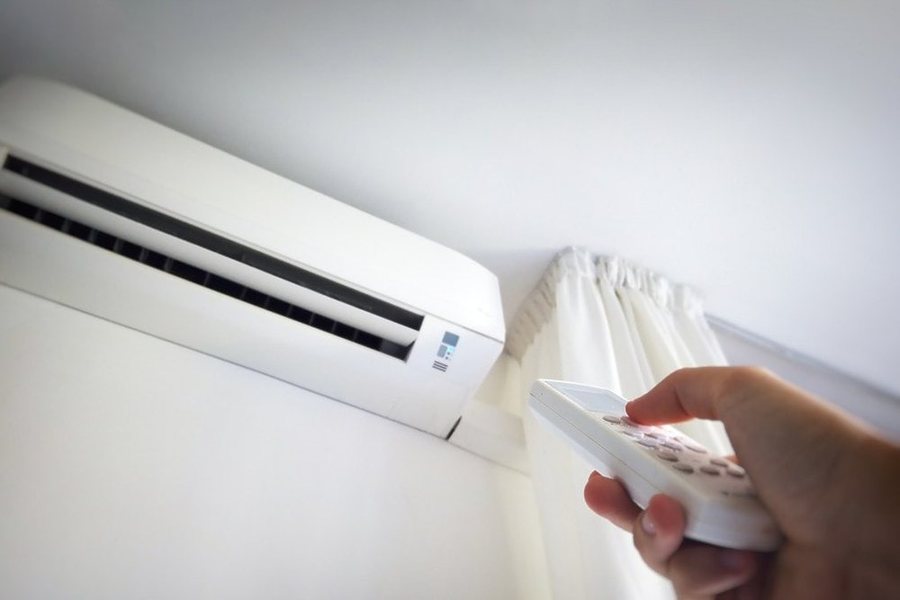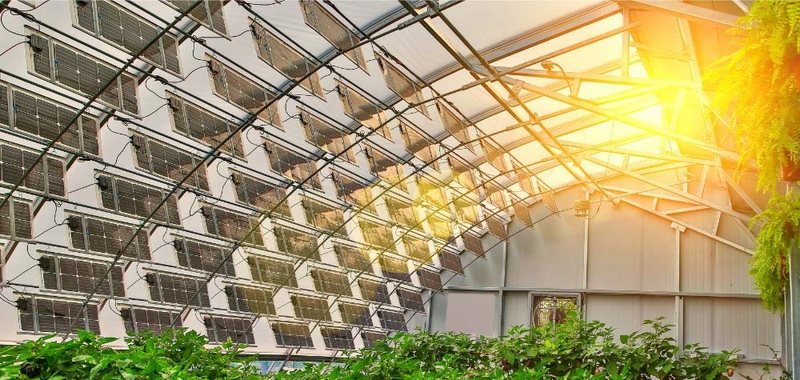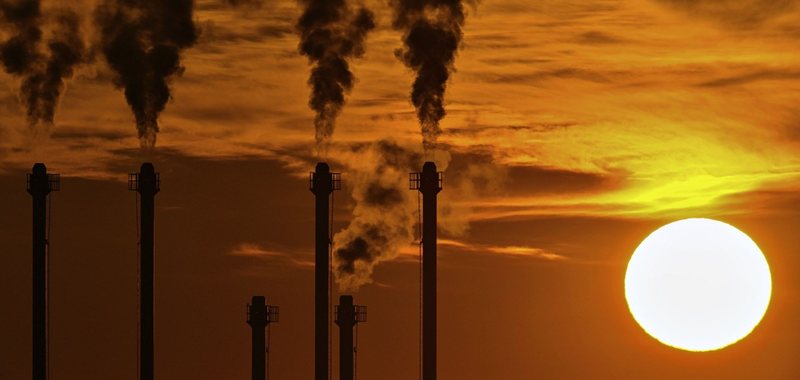Heat, energy demand, CO2 emissions and costs - Analysis in "Ilsole24ore": Here is the impact of air conditioners in 25 countries

Having an air conditioner increases a household's electricity consumption by an average of 36–37%, with peaks of up to 57% in the hottest regions. A silent change that weighs on electricity networks, bills and, ultimately, on the climate.
Installing an air conditioner in a home leads to an average increase in electricity consumption of 36%, according to the most accurate models. A recent international study, coordinated by Enrica De Cian (Ca' Foscari University of Venice) together with other researchers from the Euro-Mediterranean Center for Climate Change (CMCC), IIASA, the ifo Institute and Boston University, analyzes how the use and spread of air conditioners is affecting electricity consumption in homes around the world. On particularly hot days, when temperatures exceed seasonal averages and the “Cooling Degree Days” indicator (a climate indicator that estimates the need for energy to cool buildings during the hot season) is high, this increase can reach up to 57%. In many countries, especially those that already experience extreme heat waves, air conditioning is no longer a luxury, but a necessity for health, especially for the elderly, children and vulnerable people. The rise in global temperatures – estimated at over 1.1°C compared to the pre-industrial era – is pushing more and more families to equip themselves with cooling systems, even in regions that until a few years ago did just fine without them.
Energy poverty
The study highlights, however, a socio-economic divide: energy consumption for air conditioning varies significantly depending on income. High-income households consume an average of 1,436 kWh per year for cooling alone, while those with lower incomes stop at around 679 kWh. This gap is not only explained by the ability to buy the device: wealthy households tend to choose more powerful models and use them for longer, cooling more rooms and maintaining very low indoor temperatures, even on less hot days. In contrast, those with fewer economic opportunities often use old or less efficient air conditioners, and only turn them on during the hottest hours, to limit costs. There is talk of a "new form of summer energy poverty": it is no longer just about not being able to heat your home properly in the winter, but also about not being able to keep it livable in the summer.
Household consumption in different countries
In the United States, where penetration is already very high and housing is large, household consumption is among the highest in the world, with intensive use generating strong peaks during the summer; in India, the percentage of homes with air conditioning is still low, but is expected to grow rapidly, pushing electricity demand to levels that will require an increase in production capacity of up to 29%, with significant consequences for emissions if energy continues to come from fossil sources; China, already with a significant penetration, will see a less rapid increase in percentage terms, but very large in absolute value, due to its population, making the transition to efficient systems and renewable sources strategic; In Europe, the deployment starts from lower levels and the total impact on the network is smaller, but the increase in heat waves is accelerating adoption, especially in southern countries, putting the problem of combining comfort with sustainability and reducing "cooling poverty" at the center here too.
Projections to 2050
The predictions are clear: without targeted interventions, the phenomenon is expected to grow rapidly. Today, 27.5% of homes in the world have air conditioning. According to the various socio-economic scenarios analyzed, by 2050 this percentage will rise to 40.7–54.6%. In terms of consumption, global energy demand for domestic cooling will increase by almost two or three times compared to current levels: it will go from today's levels to a need ranging from 976 TWh to 1,393 TWh per year. The environmental consequences should not be underestimated: additional emissions of 670 to 956 million tons of CO₂ per year are expected, with a social cost that could range from 124 to 177 billion dollars.
Economic and environmental impact
A possible solution exists, and it is surprisingly directly related to the problem. Areas with the greatest solar potential also tend to be those where cooling demand is most sensitive to energy costs. In other words, installing photovoltaic panels can significantly reduce the economic and environmental impact of air conditioners, because solar energy production coincides with moments of maximum use. This synergy could be one of the keys to meeting the challenge: not to give up comfort — which for many is already a necessity — but to make it sustainable. The risk is that a vicious circle will be created: the more the climate heats up, the more the demand for cooling increases, which, if supplied by fossil fuels, contributes to global warming.
Source: Ilsole24ore

Albanians are "moving away" from the euro - BoA: Deeuroization package has an effect on reducing foreign currency loans and deposits
Albania has made strides towards reducing the use of the euro and increasing the use of the lek. This is according to the Bank of Albania in its latest......

150 thousand euros in financing for solar greenhouses - Investment scheme/ From hail nets to agrotourism. Criteria
Farmers and agribusinesses have until September 30 to apply for financing through the Agricultural Investment Scheme. The Ministry of Agriculture has issued......

Demographics and immigration are emptying classrooms/ Higher education "surprises", enrollments increase. Business, the most preferred branch
During the 2024-2025 school year, the Albanian education system experienced another moment of deep reflection, based on figures that clearly speak about the......

Businesses, obligations for greenhouse gas emissions - Monitoring, according to the European system. Additional costs for industry
The proposed amendments to the Climate Change Law impose clear legal obligations on companies that produce, transport or use fuels, as well as other sectors,......

Fires intensify in the country/MM: 50 fires in the last 24 hours, 19 still active!
The Ministry of Defense announced today that 50 fires have been identified in the last 24 hours, 19 of which still remain active. The active foci are: ·......

About 65% of domestic debt is held by banks - Most of it is in bonds. The ratio to GDP is also falling
Domestic debt has reached record levels this year. According to the Ministry of Finance's statistical bulletin, this stock is estimated to have reached 798......

How are fires affected by climate change? - Europe, the continent most at risk from rising temperatures
Wildfires have swept across the Mediterranean this month, forcing thousands of people in Spain's Catalonia region into lockdown and threatening France's......

Doing business in Albania? Procedures are simplified - Law changes/ Online registration for foreign investors and emigrants
Foreign investors or Albanian emigrants around the world who wish to invest in their homeland will now find it easier to do so solely through the......





















